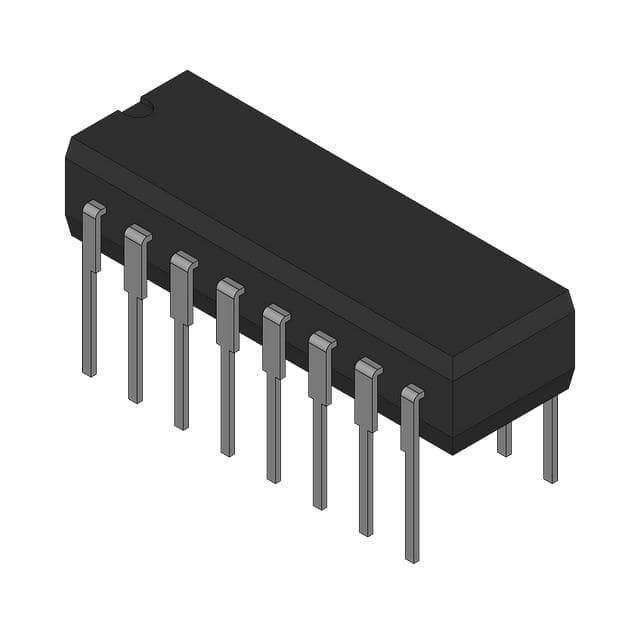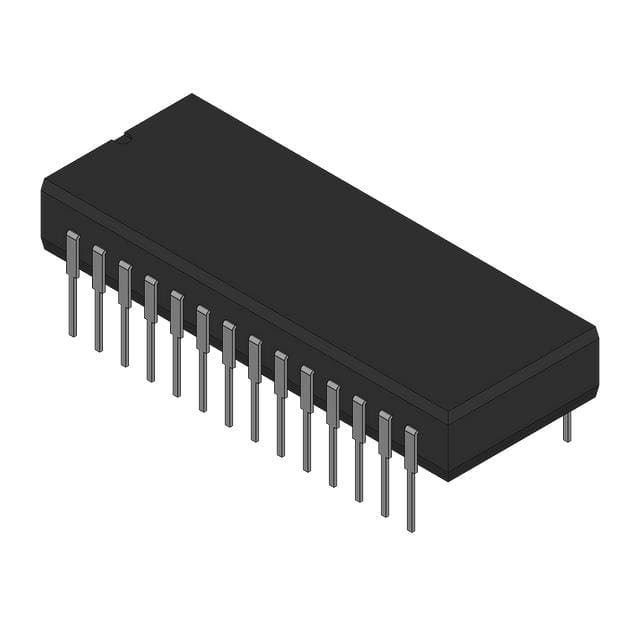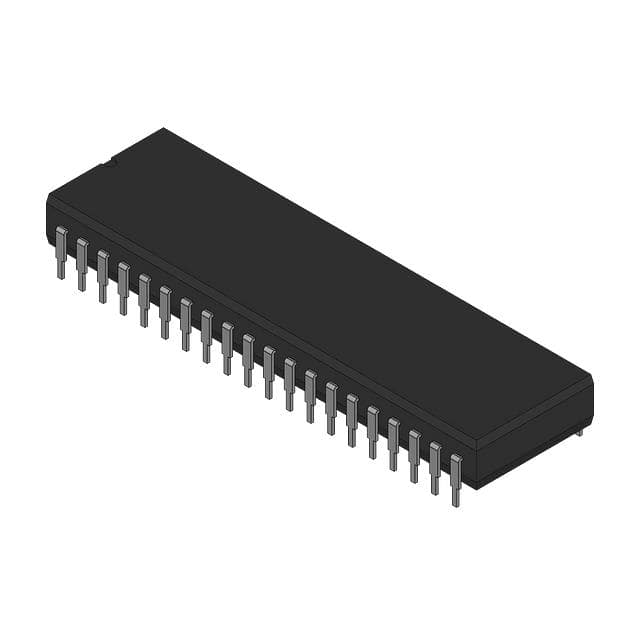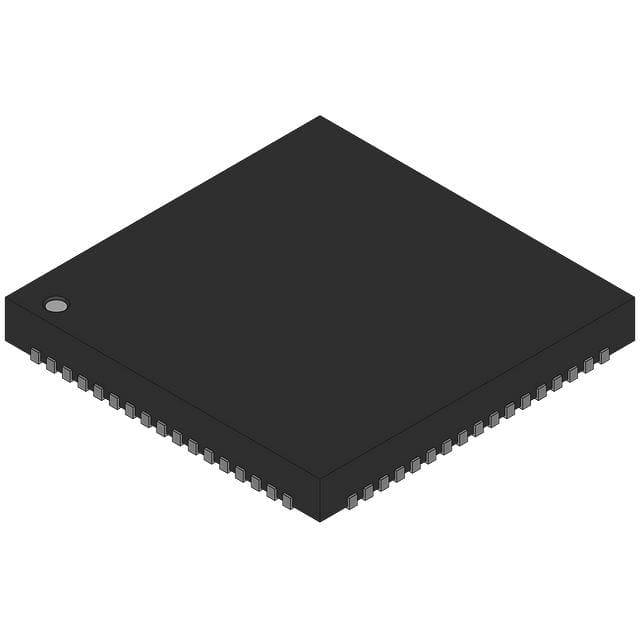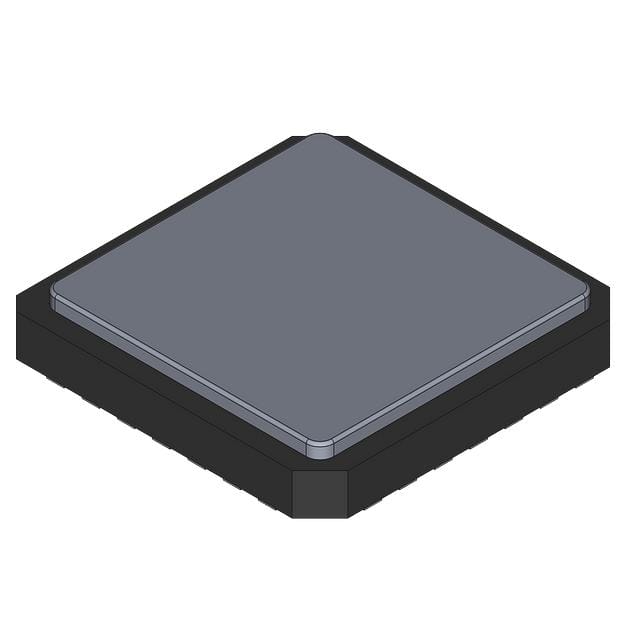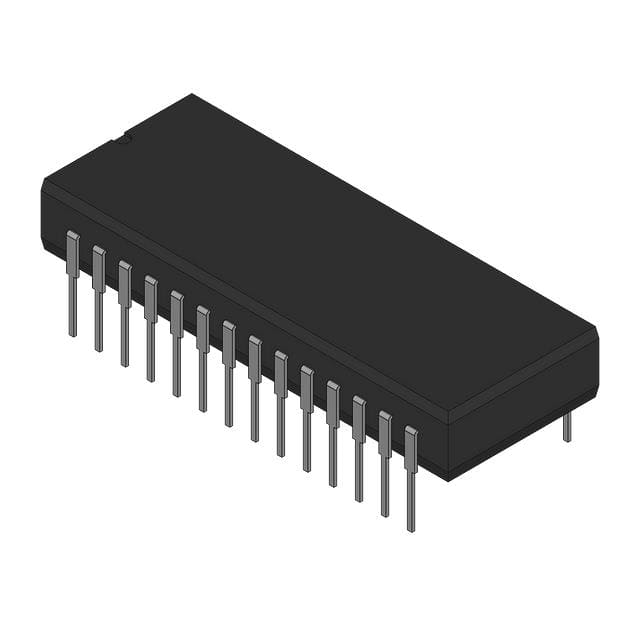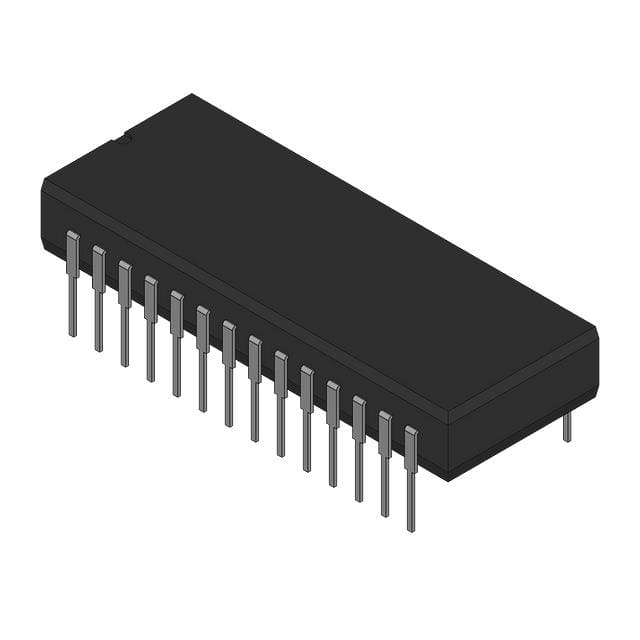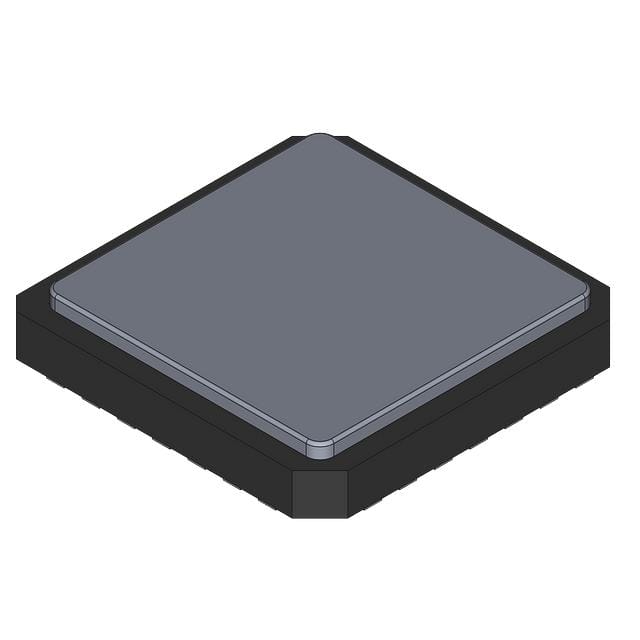5962-87591013X Product Introduction:
Analog Devices Inc. Part Number 5962-87591013X(Data Acquisition - Analog to Digital Converters (ADC)), developed and manufactured by Analog Devices Inc., distributed globally by Jinftry. We distribute various electronic components from world-renowned brands and provide one-stop services, making us a trusted global electronic component distributor.
5962-87591013X is one of the part numbers distributed by Jinftry, and you can learn about its specifications/configurations, package/case, Datasheet, and other information here. Electronic components are affected by supply and demand, and prices fluctuate frequently. If you have a demand, please do not hesitate to send us an RFQ or email us immediately sales@jinftry.com Please inquire about the real-time unit price, Data Code, Lead time, payment terms, and any other information you would like to know. We will do our best to provide you with a quotation and reply as soon as possible.
Introducing the Analog Devices Inc. 5962-87591013X, a cutting-edge integrated circuit designed to revolutionize the world of electronics. This high-performance device boasts a wide range of features that make it a must-have for any tech enthusiast or professional.
The 5962-87591013X is built with precision and reliability in mind. It offers exceptional signal processing capabilities, ensuring accurate and efficient data conversion. With its advanced analog-to-digital and digital-to-analog converters, this IC delivers unparalleled performance, making it ideal for applications that require precise measurements and high-resolution audio.
One of the standout features of the 5962-87591013X is its low power consumption. This makes it perfect for battery-powered devices, extending their battery life and reducing the need for frequent recharging. Additionally, this IC is designed to operate in extreme temperature conditions, making it suitable for a wide range of environments.
The versatility of the 5962-87591013X is further enhanced by its compatibility with various communication protocols, including SPI and I2C. This allows for seamless integration into existing systems and simplifies the development process.
The application fields for the 5962-87591013X are vast and diverse. It can be used in industrial automation, medical devices, automotive systems, and consumer electronics. Whether you need precise measurements in a laboratory setting or high-quality audio in a home entertainment system, this IC has got you covered.
In conclusion, the Analog Devices Inc. 5962-87591013X is a game-changing integrated circuit that offers exceptional performance, low power consumption, and compatibility with various communication protocols. Its versatility and reliability make it the perfect choice for a wide range of applications in different industries.
Analog to digital Converters (ADCs) are electronic devices used to convert continuously varying Analog signals into discrete Digital signals. This process usually includes three steps: sampling, quantization and coding. Sampling means capturing the instantaneous value of an analog signal at a fixed frequency; Quantization approximates these transient values to the nearest discrete level; Finally, the encoding converts the quantized value into binary numeric form.
Application
ADCs(Analog-to-digital Converters) is widely used in a variety of scenarios, such as audio and video recording, measuring instruments, wireless communications, medical devices, and automotive electronics. For example, in audio devices, the ADC is responsible for converting the sound signal captured by the microphone into a digital format for easy storage and transmission.
FAQ about Data Acquisition - Analog to Digital Converters (ADC)
-
1.
How many types of ADC are there?
The types of ADC (Analog-to-Digital Converter) mainly include:
1. Integral ADC: Its working principle is to convert the input voltage into time (pulse width signal) or frequency (pulse frequency), and then obtain the digital value by the timer/counter. The advantage of the integral ADC is that it can obtain high resolution with a simple circuit and has strong anti-interference ability, but the disadvantage is that the conversion rate is extremely low because the conversion accuracy depends on the integration time.
2. Successive approximation type (SAR ADC): The successive approximation ADC is one of the most common architectures. Its basic principle is to convert by gradually approximating the value of the analog input signal. The advantages of the successive approximation ADC are high speed and low power consumption. It is cheap at low resolution, but expensive at high precision.
3. Parallel comparison type/serial-parallel comparison type ADC: The parallel comparison type AD uses m
-
2. What is the difference between ADC and DAC?
The main difference between ADC and DAC is that they process different types of signals and conversion directions.
The main function of an ADC (analog-to-digital converter) is to convert analog signals into digital signals. This process involves sampling, quantization, and encoding, where sampling is the periodic measurement of the value of an analog signal at a certain sampling rate, quantization is the conversion of the sampled continuous values into a finite number of discrete levels, and encoding is the conversion of the quantized discrete levels into binary code. The output of the ADC is a digital signal that can be processed and stored by a computer or other digital circuit for various applications such as digital signal processing, data logging, and communications. Common applications in life include microphones, digital thermometers, digital cameras, etc., which convert the actual perceived analog information into digital signals for further processing and analysis12.
DAC (
-
3. What is the difference between the input and output of an ADC?
The input of ADC (Analog-to-Digital Converter) is analog quantity and the output is digital quantity.
The main function of ADC is to convert continuous analog signal into discrete digital signal. In electronic systems, analog signal usually refers to continuously changing voltage or current, such as the signal obtained from microphone or sensor. The amplitude and frequency of these analog signals can change continuously, while digital signals are composed of a series of discrete values, usually expressed in binary form.
Input: The input of ADC receives analog signals, which can be in the form of continuously changing physical quantities such as voltage and current. The amplitude and frequency of analog signals can change continuously, such as the voltage range from 0V to 5V.
Output: The output of ADC is digital signal, which is composed of a series of discrete values, usually expressed in binary form. The advantage of digital signals is that they can be calculated and processed quic
 Lead free / RoHS Compliant
Lead free / RoHS Compliant












